CONTENTS
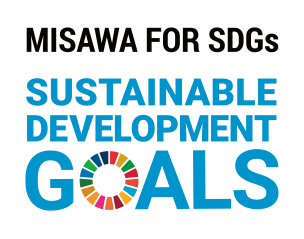
Based on the belief that homebuilders have an important role to play in achieving a carbon neutral society, Misawa Homes is committed to creating carbon-neutral, recycling-oriented homes and communities by developing new energy-saving and energy-generating technologies that utilize renewable energy and offering “Zero-energy Homes.”
*LCCM is a registered trademark of the Institute for Built Environment and Carbon Neutral for SDGs (IBECs).
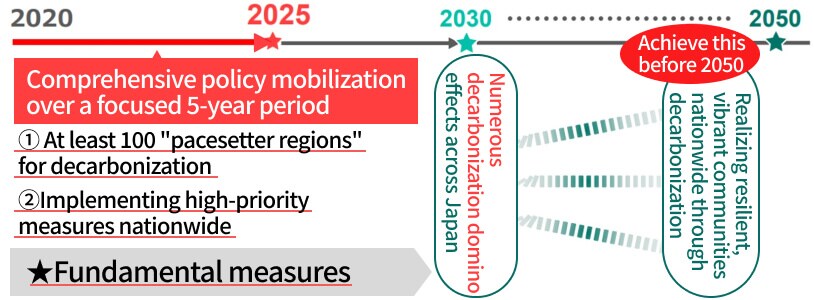
Launched SMART STYLE Roomie, A ZEH-compliant standardized home




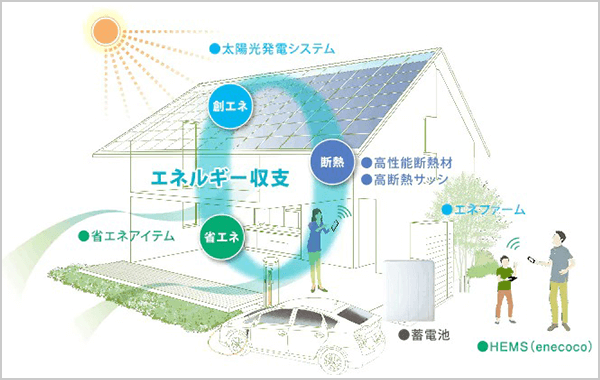
As the world’s first company to sell zero-energy houses (ZEH), we have the pioneering technology and advanced expertise to bring ZEH to fruition.
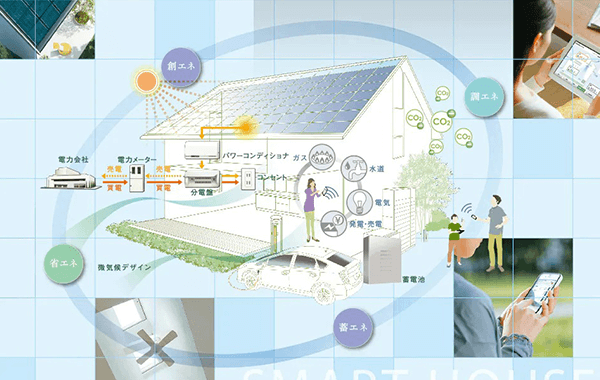
Our advanced homebuilding enables us to offer lifestyles centered around the way energy will be used in the future.
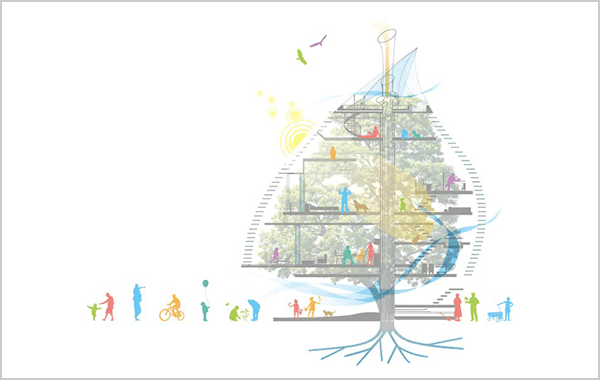
Trees grow their roots into the soil, soak up the sun as they grow, sprout leaves, and reduce CO2. We will promote the creation of societies that are beneficial to the global environment with the realization that human life is as much a part of the ecosystem as trees.
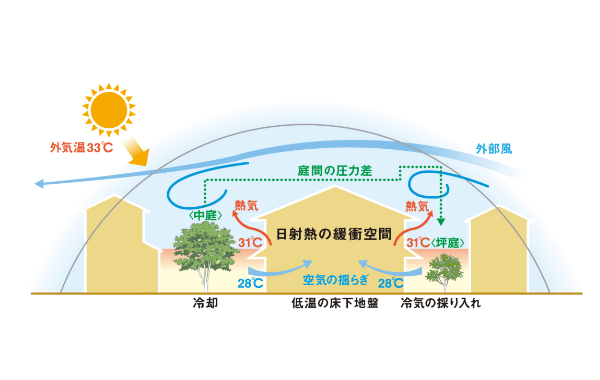
We employ Microclimate designs based on wisdom from 1,000 years ago to create modern homes that are comfortable in all seasons.
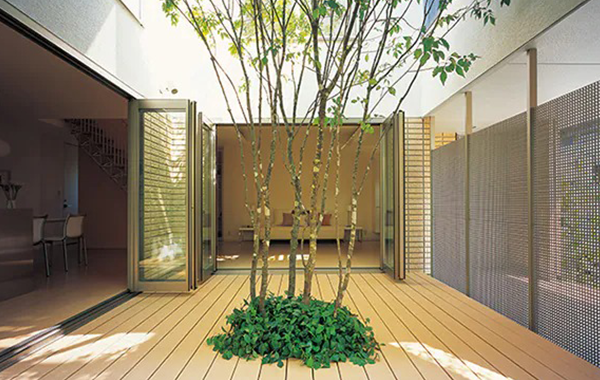
M-Wood2 is created by recycling waste wood and waste plastic. M-Wood2 can also be repeatedly recycled and reprocessed.
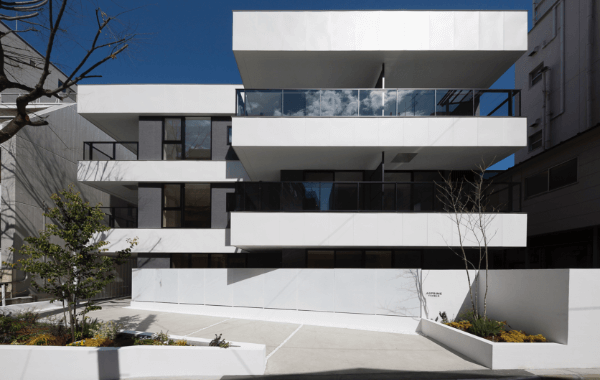
In refining construction, we reuse the majority of existing structural frames. This is environmentally conscious, and also preserves endearing features and memories from previous generations. It can even increase asset values.
In its quest to create safe and secure homes and communities, Misawa Homes focuses on three “Safety Solutions” to benefit homeowners before, during, and after a natural disaster—“preparation” at all times, “protection” in the event of a disaster, and “support” for recovery.
(Source) Ministry of Land, Infrastructure, Transport and Tourism
A trailer house that is useful both in “always” and “what if” situations
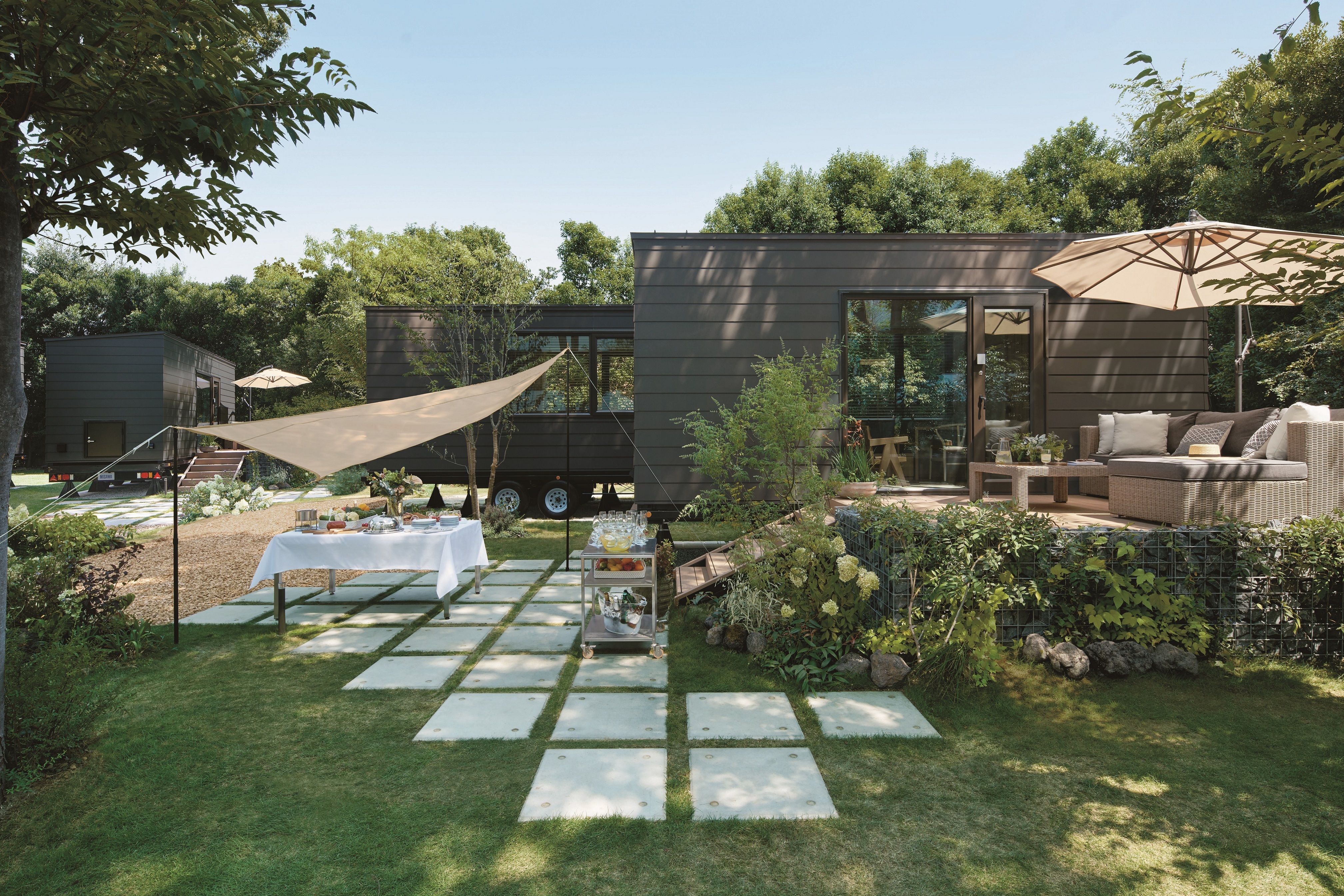



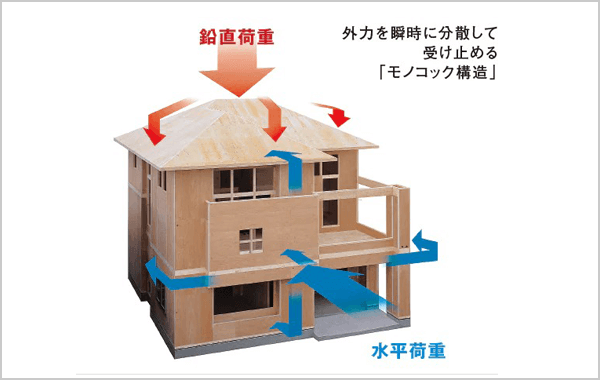
Homes constructed with our proprietary wooden panel adhesion construction method are monocoque structures in which all loads are instantaneously dispersed and absorbed throughout the structure.
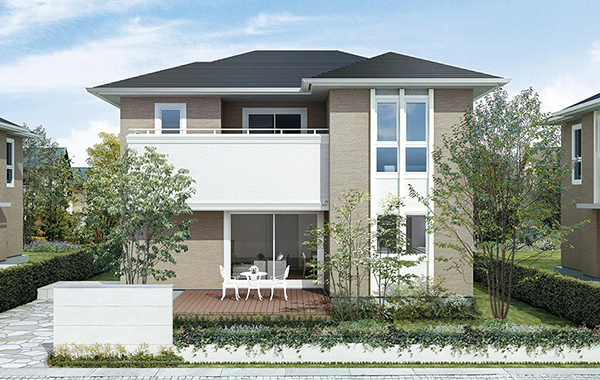
To conventional wooden-frame structures we add a distinct combination of strength, design, and security backed up by our advanced technologies and abundant expertise. We developed MJ Wood, earthquake-resistant wooden housing.

We use a seismic vibration damping system called MGEO to create earthquake-resistant structures that never collapse. We also aim to eliminate earthquake damage to interior finishing materials.
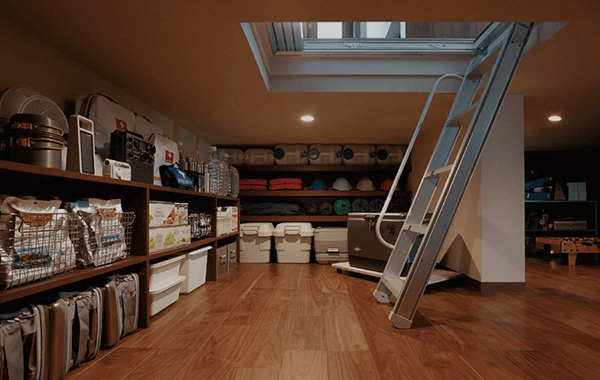
MISAWA-LCP (Life Continuity Performance) is about building homes in which one can live with continuity of security, even during times of disaster.
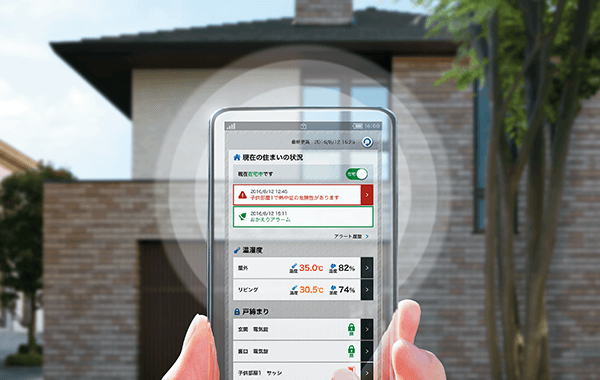
Our LinkGates system enables advanced IoT services in your everyday life. LinkGates brings your family life into the future.
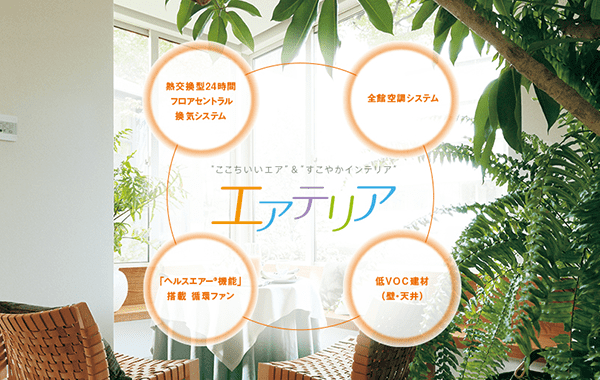
Our total air control solutions support comfortable, healthy living, 24 hours a day, 365 days a year.
We provide homes & services that reduce the burden of household chores, child raising, and elderly care to achieve societies in which no one has to give up their career to raise children or care for elderly relatives.
Misawa Homes wins 17th Kids Design Award
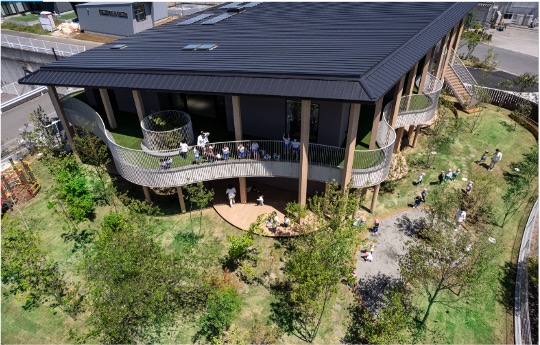
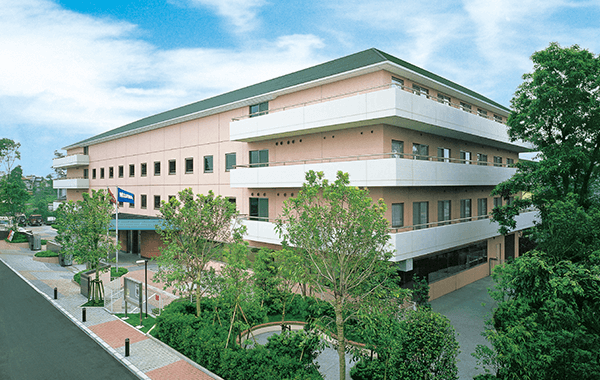
We wasted no time becoming involved in the direct management of various nursing care and welfare facilities in 1993, before the elderly care insurance system went into effect.
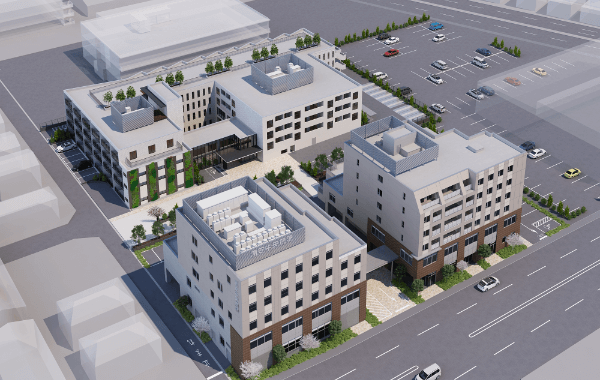
We have developed three Misawa Homes brands for commercial complexes, rental housing, and other buildings we develop: ASMACI, ASMACI MAISON, and ASPRIME. We engage in future-oriented community building to help communities resolve their distinct issues.
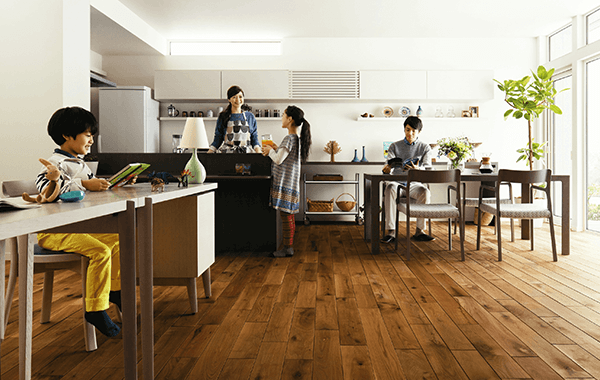
It is said that the Japanese word for “home” originally used the same character as the Japanese word for “nest.” Just as birds build their nests to nurture their chicks, we believe homes should be built for children.
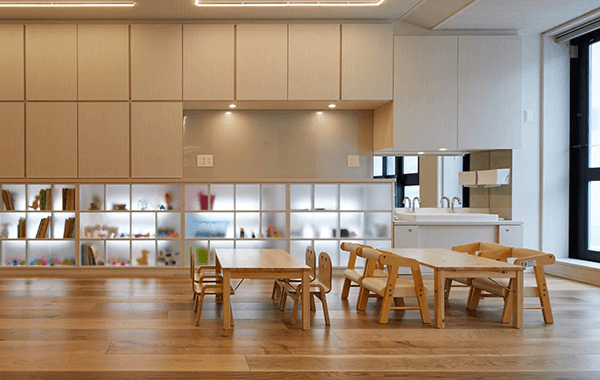
Homebuilding is future building. We believe this to be true, especially because we must care for children—our future.
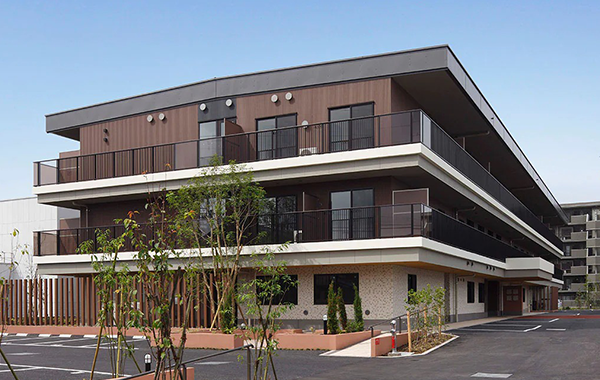
We leverage our more than 25 years of experience directly managing nursing care facilities to provide total support based on our abundant expertise, from business consulting to the realization of optimal construction design.
We work to conserve biodiversity through efforts such as procuring certified wood, proposing garden designs and vegetation for home exteriors, and hosting afforestation activities at Misawa Homes no Mori—community centers for environmental events and efforts.
(Fig.) Biodiversity loss is at a critical stage (Living Planet Index)
Forestry at “Misawa Homes Forest Matsumoto”


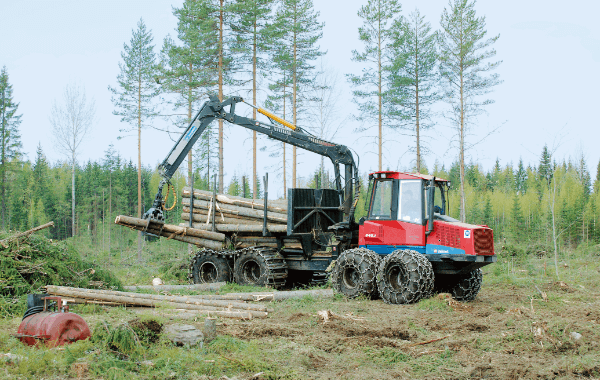
As a company that benefits from forest resources, Misawa Homes has formulated guidelines for the responsible procurement of timber.

M-Wood2 is created by reusing waste wood and waste plastic. M-Wood2 can also be repeatedly recycled and reprocessed.
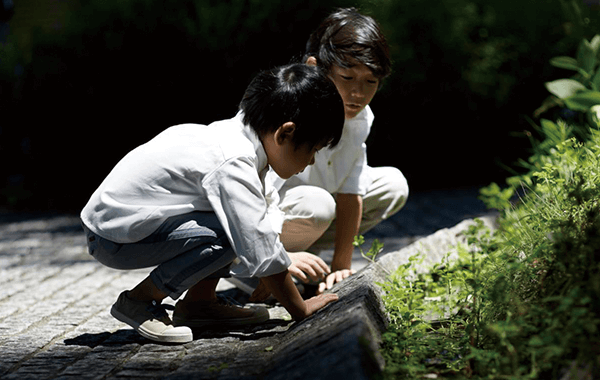
Our lives are underpinned by the benefits conferred by ecosystems that consist of many different creatures and beings interacting with one another. We propose garden designs in an effort to conserve biodiversity.
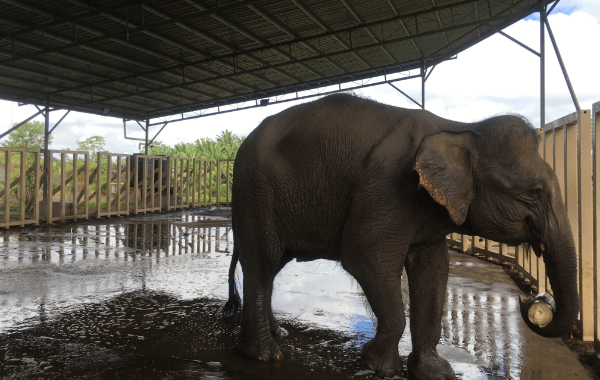
The Misawa Homes Group donates a portion of its revenue from dedicated vending machines to biodiversity conservation activities in Borneo, a treasure trove of biodiversity.
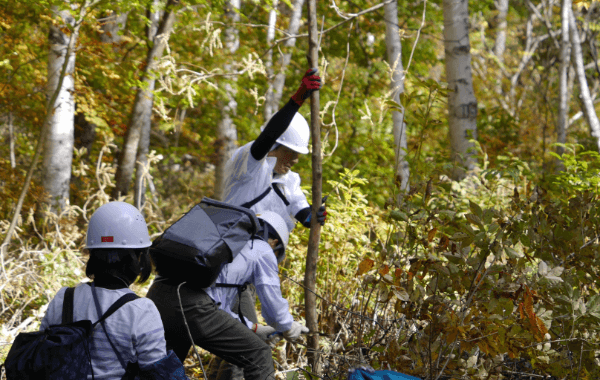
The Misawa Homes Group established Misawa Homes no Mori Matsumoto in 2014 as a base for engaging in environmental conservation activities.
We provide a wide range of support for customers’ lives and lifestyles throughout the home lifecycle, from construction to after-sales services, maintenance, renovation, and real estate services including selling and rental property management.
“Saving Support Plan,”
a service to assist homeowners to systematically save funds for future maintenance
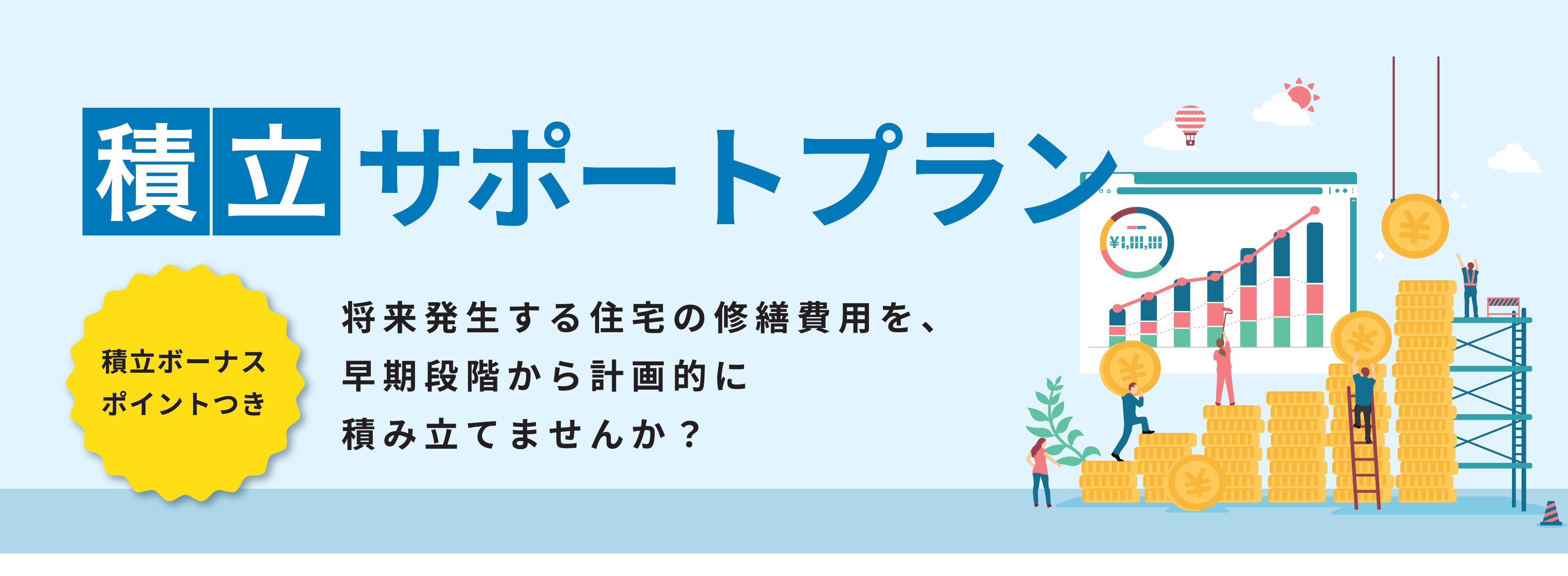



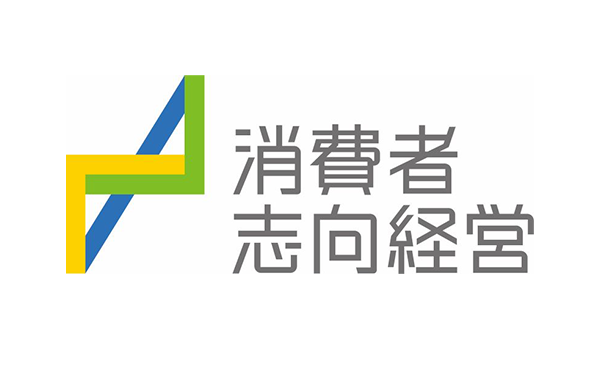
Misawa Homes widely supports our customers’ lifestyles and lives through housing.
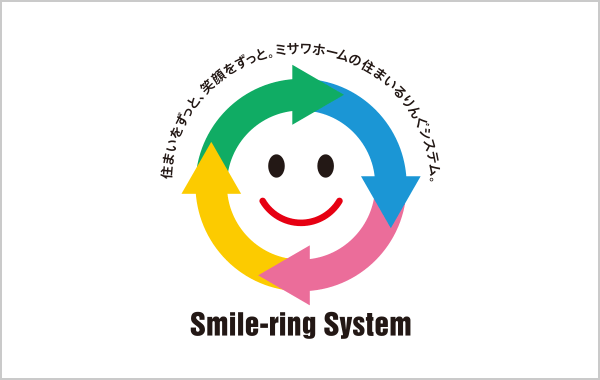
Our Smile-Ring System provides total support in all stages from renovation to relocation, asset utilization, and real estate services, preserving home values over the long term.
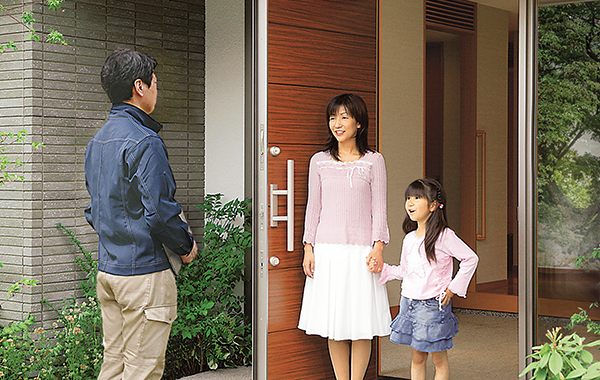
Our world-class warranty system is founded on long-term initial warranties, warranty extensions, and warranty renewals.
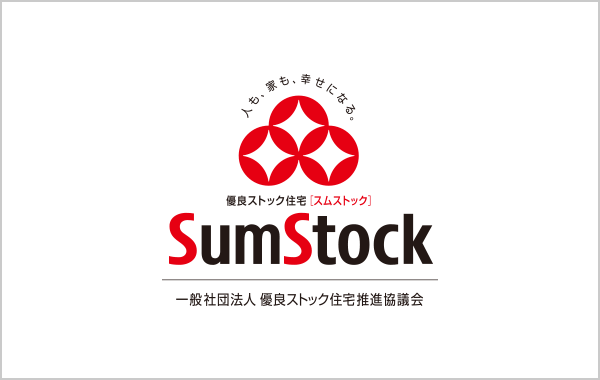
SumStock assessments ensure that buildings with excellent durability and earthquake resistance—their core values as buildings—are evaluated properly and can be passed down to future generations.
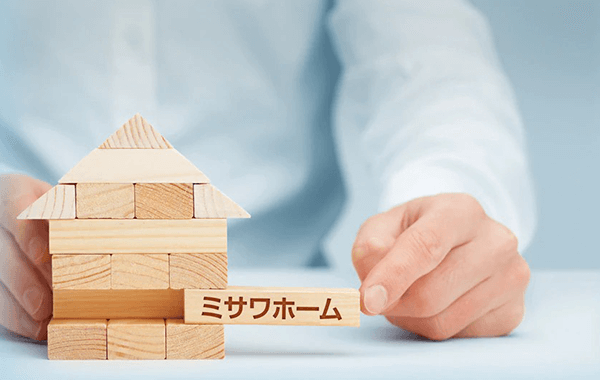
We provide one-stop, integrated consulting services for owners of vacant homes and engage in public education to raise awareness of vacant homes, from preventing homes from becoming vacant in the first place to effectively using and properly managing them.

We work actively to plan and develop IT-based tools to accurately address the needs of our customers and formulate proposals that both increase their satisfaction and lead to higher operational efficiency in the sales process.
We proactively promote work style reform and improved environments in which everyone can work at full energy any time and anywhere, and strive to improve employee satisfaction and productivity in an effort to achieve sustainable growth while responding to various changes.
(Fig.) Trend in proportion of male employees taking parental leave
Misawa Homes listed in “Excellent Health Management Corporation 2023 White 500” and earns “eruboshi” stars (for gender equality)
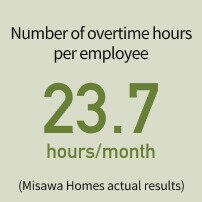
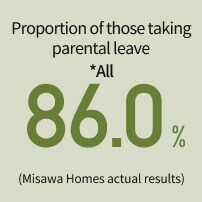

Misawa Homes employment circumstances
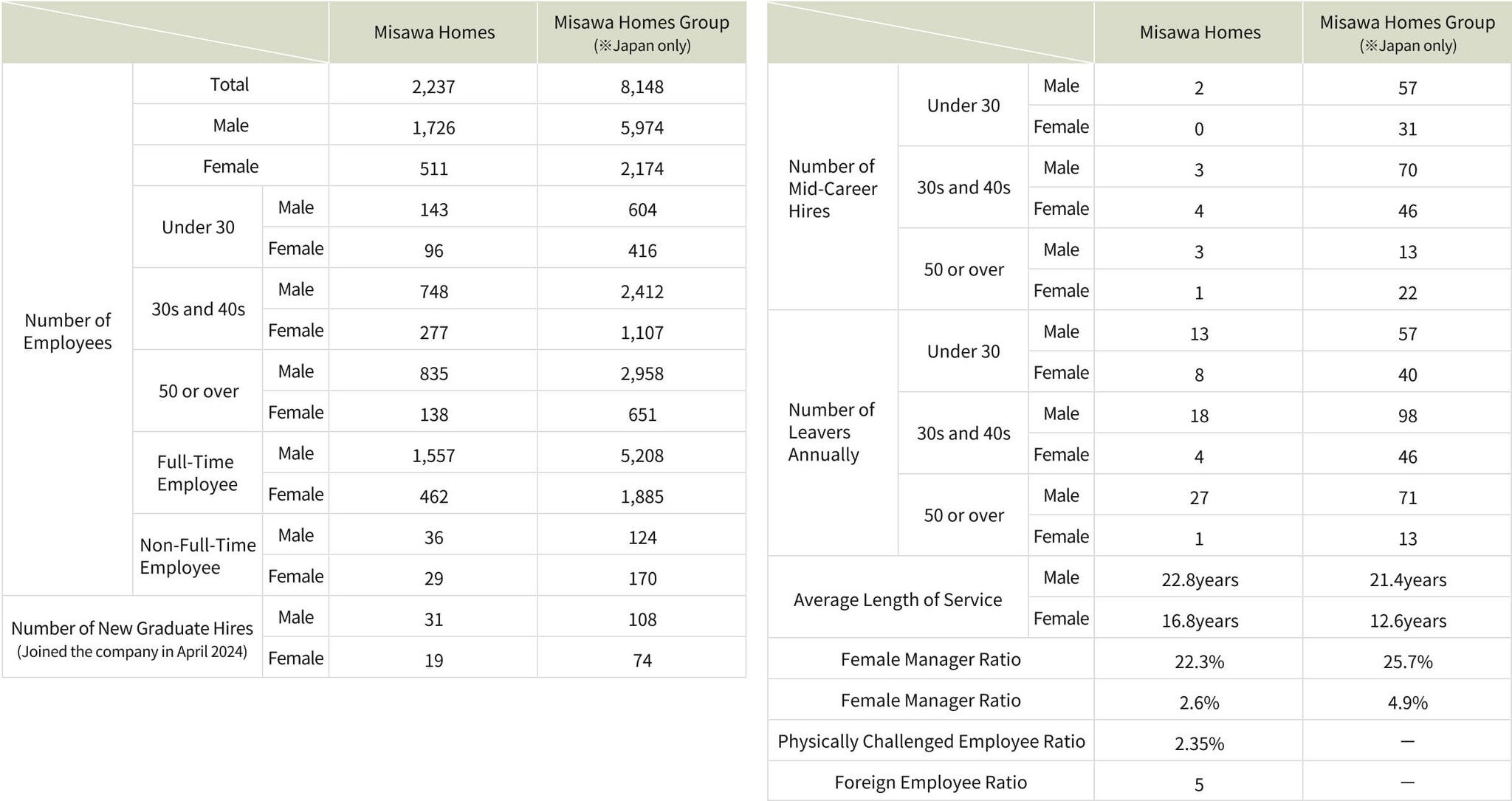
 (As of March 31, 2024)
(As of March 31, 2024)

Misawa Homes makes proactive efforts toward employee health and productivity, and was certified as a Health and Productivity Enterprise—a “White 500” corporation—for the fifth consecutive year in 2023.

We publish respective figures based on the health management index and introduce health management reinforcement and health events, etc., implemented in 2023.

Misawa Homes promotes health management by publishing five health management indices such as the White 500 continued acquisition, the smoking rate and employee satisfaction.
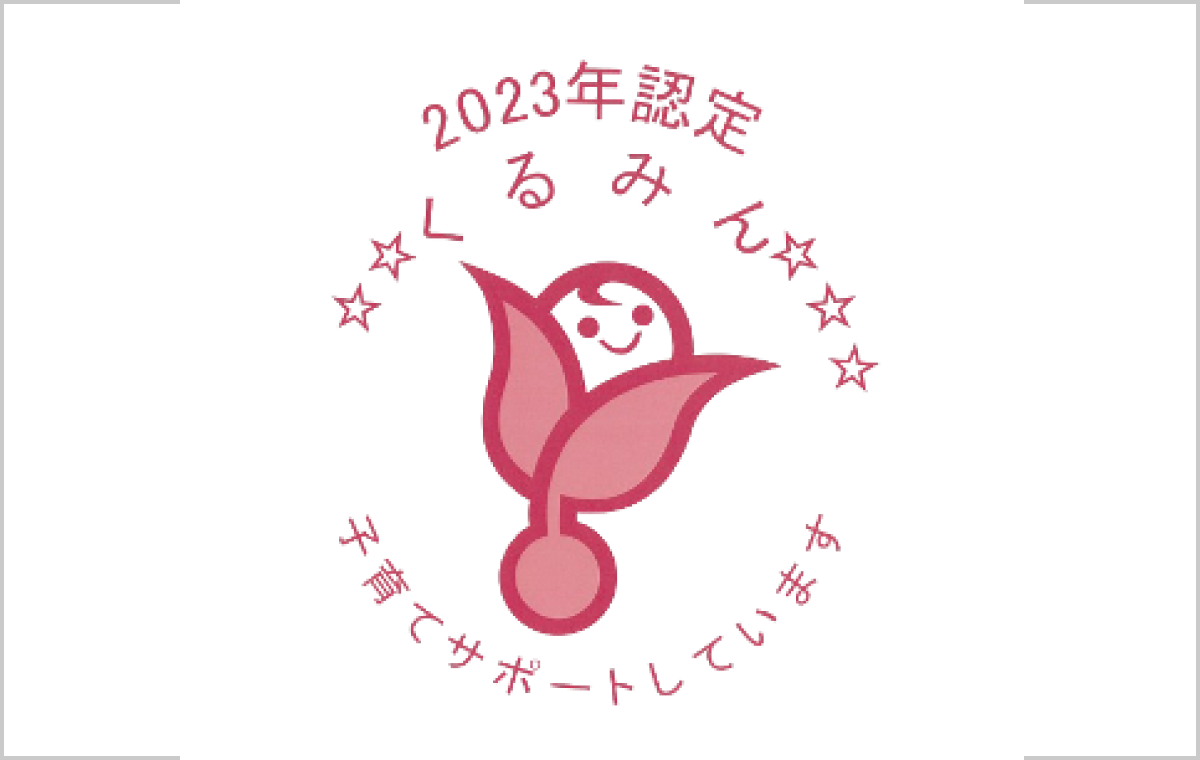
We employ various personal leave and support systems so that all Misawa Homes employees can work at full energy with a balance between their responsibilities at work, raising their children, and caring for elderly relatives.
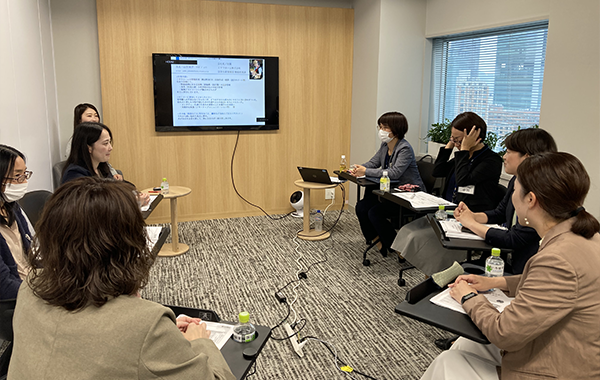
We developed Misawa Inclusion in an effort to develop human resources for the future. The program promotes more vigorous exchange between employees and multilinear career development in addition to reconstructing human resources development systems.

Misawa Homes is striving to improve productivity by actively planning and developing IT-based tools to rethink and refashion the way we work.
Misawa Homes will continue to engage in social contribution activities through close communication with the community, with a focus on the promotion of science, culture, and education, on environmental conservation, and on the reconstruction of areas affected by major disasters.
(Fig.) Summary of survey results on subjects
(Source) Results of the 2023 National Assessment of Academic Ability and Learning, p.2
“South Pole e-School,” an educational support program giving dreams and hope to children across Japan
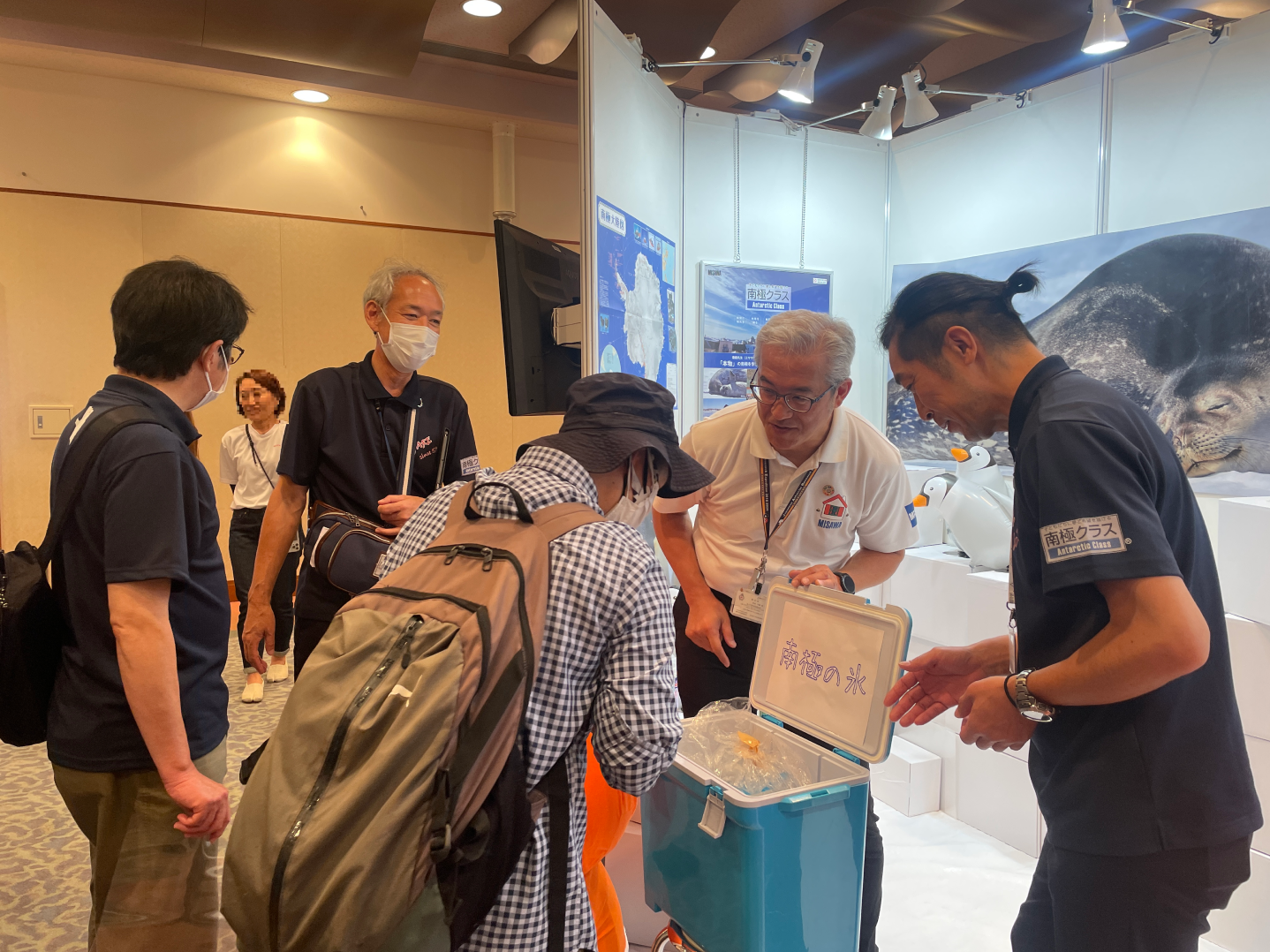
At the Okayama SDGs Fair 2023 held in August 2023


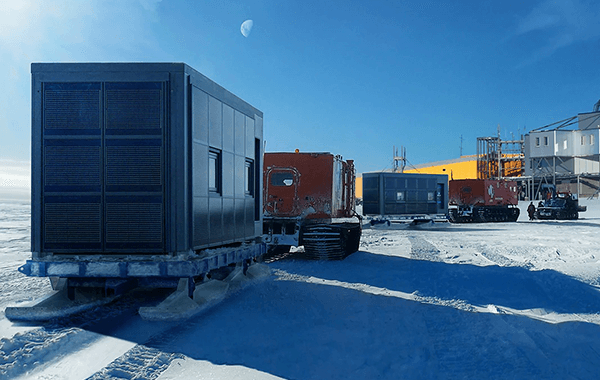
Since the 17th Japanese Antarctic Research Expedition in 1975, Misawa Homes has seconded a total of 26 employees from the Misawa Homes Group to the National Institute of Polar Research to serve as setup crew members.
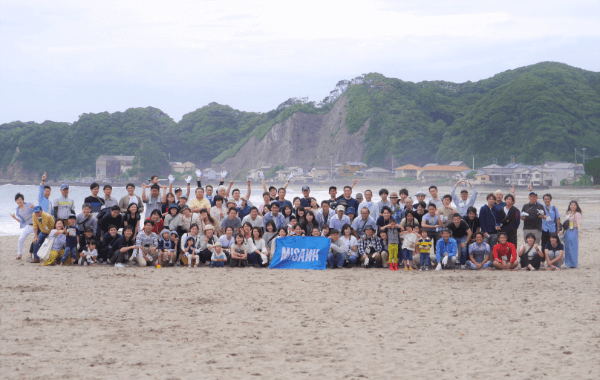
The Misawa Homes Group established Misawa Homes no Mori Matsumoto in 2014 as a base for engaging in forest conservation activities, and established Misawa Homes no Mori Katsuura in 2018 as a base for engaging in coastal cleanup activities.

The Misawa Homes Group comes together as one to provide assistance in areas afflicted by disasters. We also manage the HEARTH Fund for group companies and employees to make donations to people afflicted by disasters.

We began collecting works associated with the Bauhaus in 1989. In 1996, we established the Misawa Bauhaus Collection, Japan’s only museum dedicated to the Bauhaus.
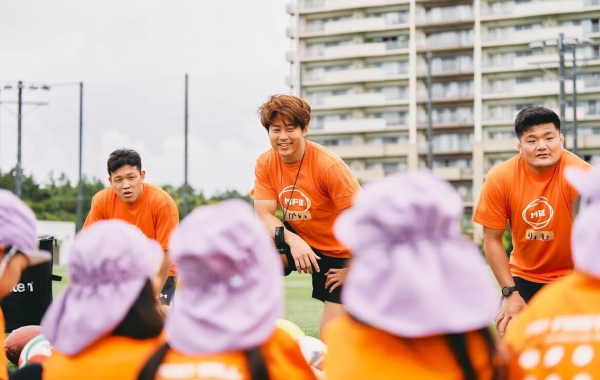
Misawa Homes has worked on developing a future-oriented community in which people of multiple generations live and thrive together.Although the facilities are now completed, we carry out a variety of community activities to help energize the community.

Misawa Homes is wholeheartedly committed to DX in various business activities to help in achieving the SDGs.